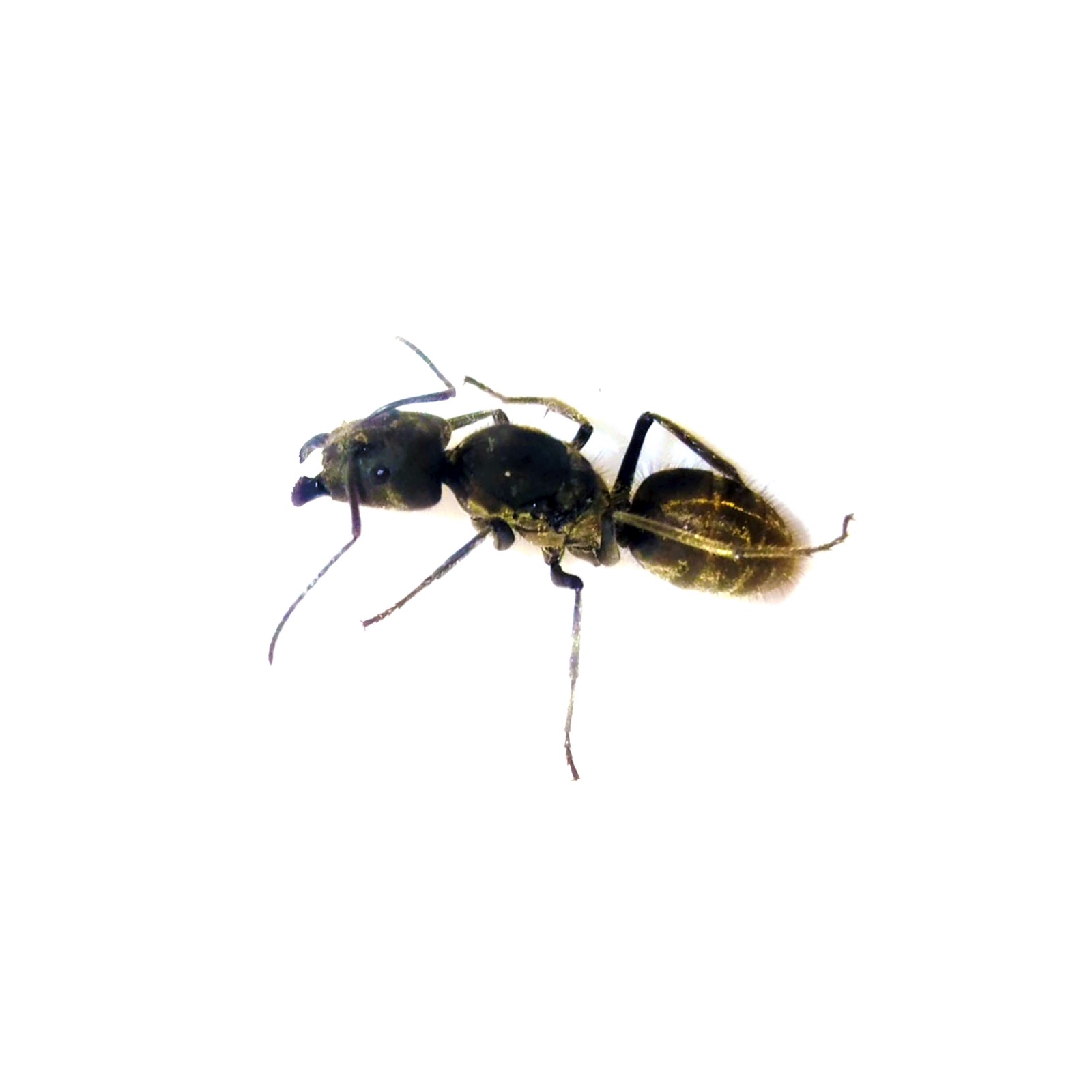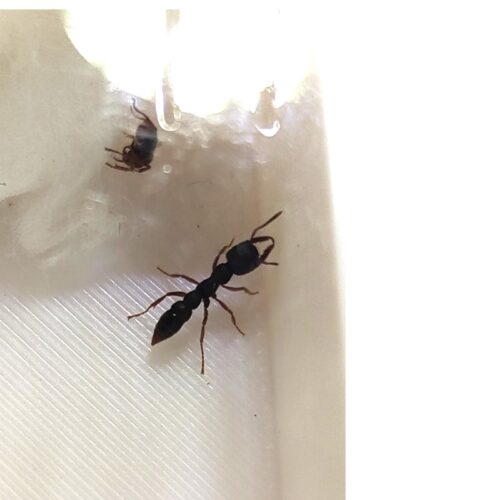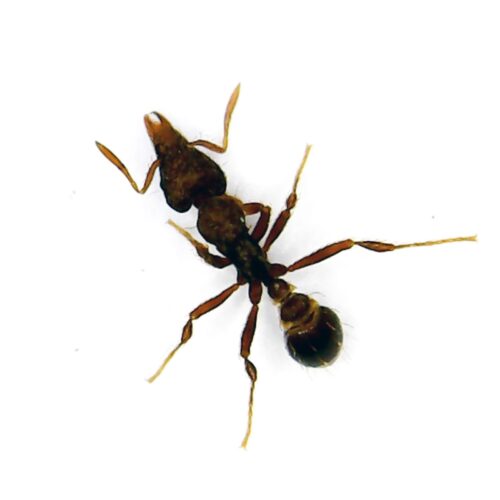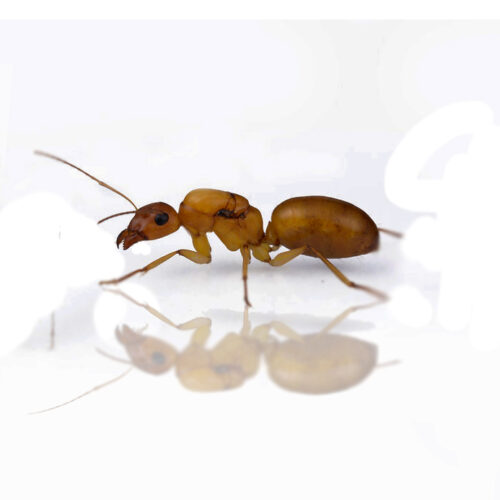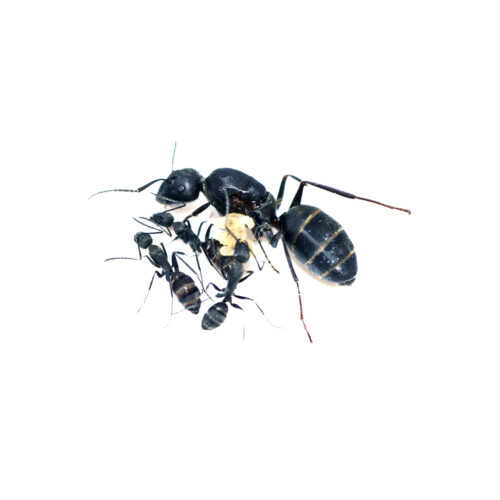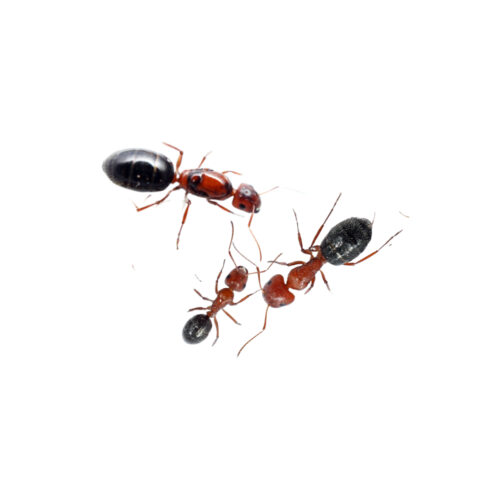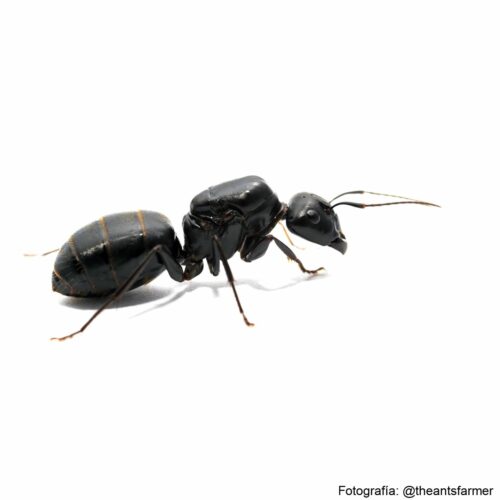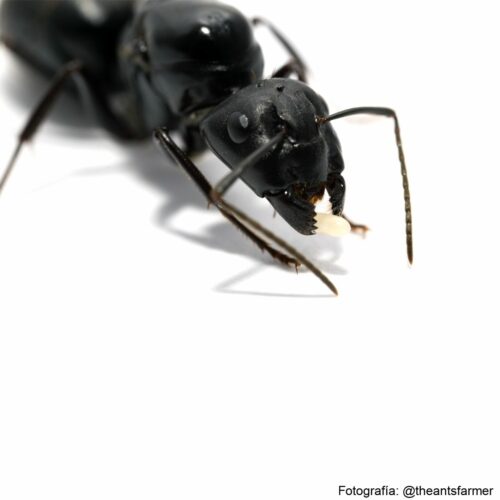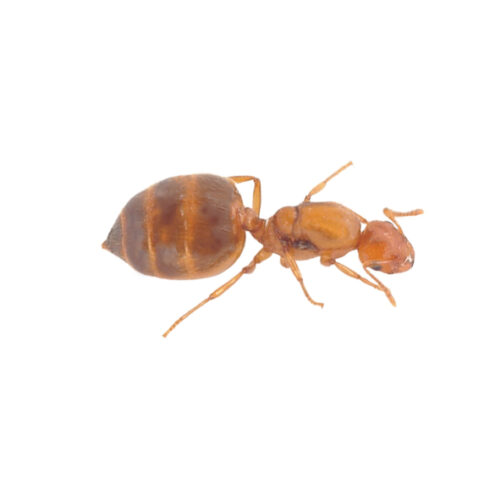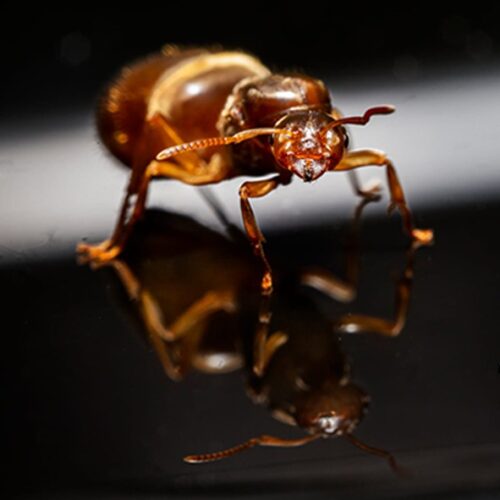Camponotus camelinus
60,00€ – 70,00€
Meet the Camponotus camelinus ant! These ants are perfect for ant farms and terrariums, bringing life and dynamism to your environment. Their black color with amber highlights makes them unique and captivating. 🐜✨
SKU:
N/A
Categories: Ants, Exotic ants
Description
Technical Sheet: Camponotus camelinus
Scientific Name: Camponotus camelinus
Family: Formicidae
Description:
Camponotus camelinus is a large ant species with a coloration that is predominantly black or dark brown, accented with amber highlights on various parts of the body, such as the legs and gaster. This species is known for nesting in decaying wood or tree trunks and is found in warm regions of Asia and Southeast Asia.
Key Characteristics:
- Size: Workers range from 6 to 12 mm, while queens can reach up to 15 mm or more.
- Coloration: Mainly black or dark brown, with amber highlights in certain areas like the legs and gaster.
- Castes: There are different worker castes (major and minor), with notable size differences.
- Habitat: Prefers forested areas, where they nest in logs, fallen branches, or decaying wood.
Care in Captivity:
- Temperature: Ideal between 24-28°C. They are more active in warm climates.
- Humidity: Moderate to high, with levels of 50-70% in the foraging area and up to 80% in the breeding area.
- Diet: Omnivorous, they feed on small insects, nectar, honey, and protein-rich foods.
- Behavior: They are active and territorial, requiring space for colony growth.
- Reproduction: Queens can lay hundreds of eggs rapidly, promoting quick colony expansion.
Advantages as a Species for Ant Farms:
- Resilience: They adapt well to various types of ant farms.
- Activity: Highly active, making them great for observation.
- Easy Feeding: They accept a wide range of foods.
Additional information
| Options |
Queen with 6-10 worker ants ,Queen with 11-20 worker ants |
|---|
Related products
Camponotus turkestanus
20,00€ – 60,00€
Sold out
Select options
This product has multiple variants. The options may be chosen on the product page
Myrmoteras benghammi colony
65,00€
Sold out
Camponotus vagus
15,00€ – 20,00€
Sold out
Select options
This product has multiple variants. The options may be chosen on the product page
Camponotus vanispinus
25,00€ – 38,00€
Sold out
Select options
This product has multiple variants. The options may be chosen on the product page
Camponotus japonicus
12,00€ – 25,00€
Sold out
Camponotus japonicus Origin and distribution: Japan, China, Democratic People’s Republic of Korea, Mongolia, Republic of Korea
Select options
This product has multiple variants. The options may be chosen on the product page
Crematogaster Biroi (ant colony)
25,00€ – 45,00€
Sold out
Crematogaster biroi Origin and distribution: India, Sri Lanka, Taiwan, Pakistan, China Humidity: 60 -80% Temperature: 24 – 28 ° C
Select options
This product has multiple variants. The options may be chosen on the product page








